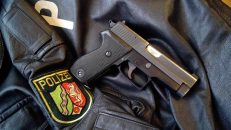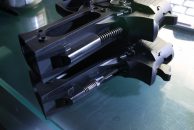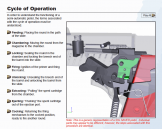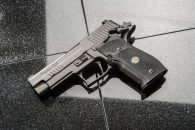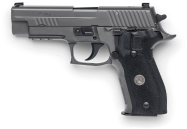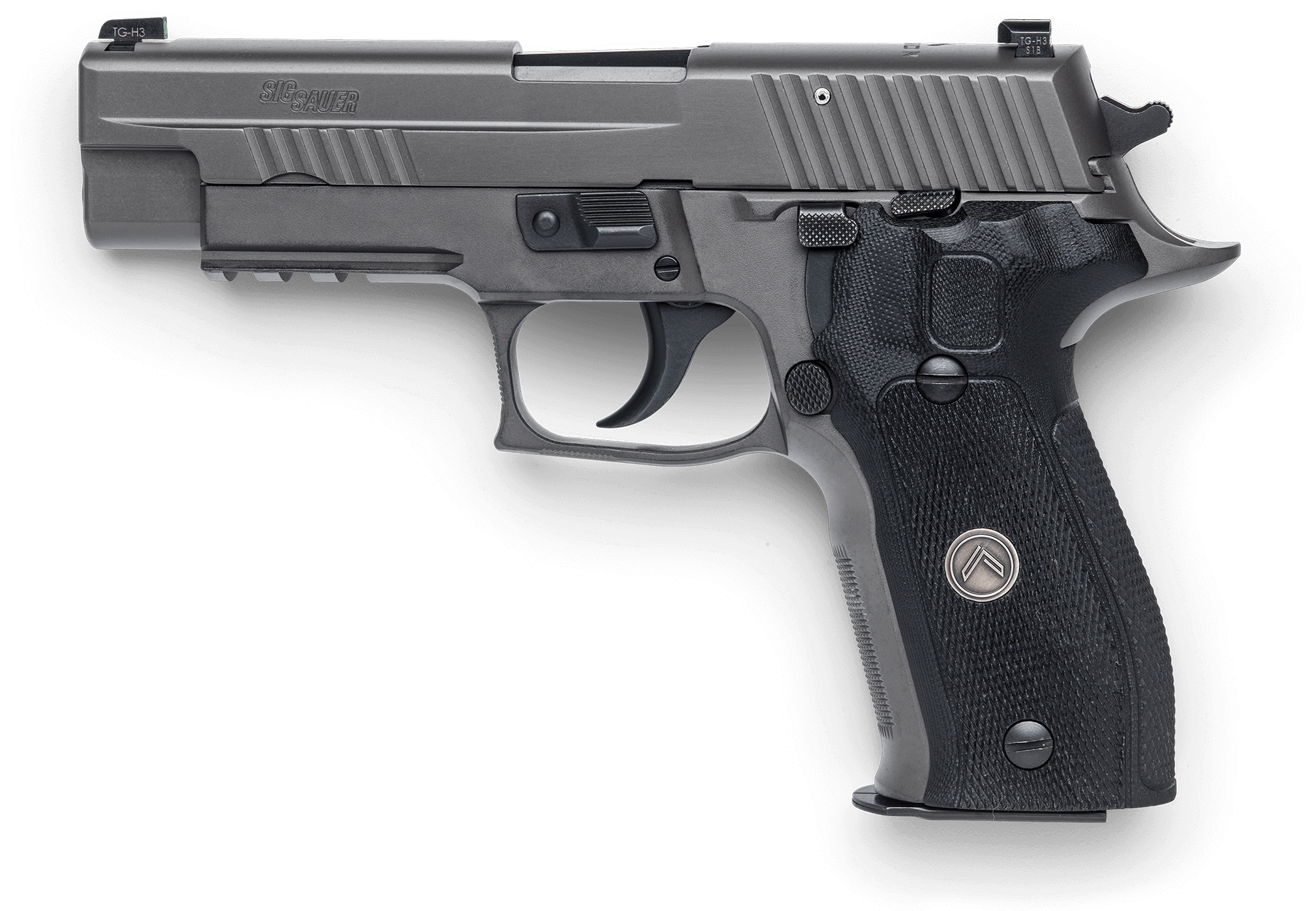
Legion Grey Finish
Early P226 slides came in three different finishes: blued, K-Kote, and nickel, with the frame being anodized or nickel plated. Later P226s come with SIG’s “Nitron” finish, which is more durable than the earlier finishes.
SIG advertises that their Legion handguns are finished with a custom “Legion Grey” Physical Vapor Deposition (or PVD) coating. SIG offers refinishing services for most of their guns, but they won’t refinish an earlier gun in Legion Grey.
The only difference, however, between the Legion’s finish and the modern version of their “Nitron” finish is the color. Nitron is also a PVD coating (as opposed to a spray-on coating) and the Legion’s coating is applied by the same company that does their standard Nitron finish: Ionbond. Ionbond won’t do individual guns (I called and asked — 100 is their minimum order), but you can order their coating services through a number of resellers. I’ve never used them, but sources tell me that Springer Precision is a popular Ionbond reseller. So if you really wanted to refinish a non-Legion gun in Legion Grey PVD, you probably could. Here’s a 1911 with a PVD grey finish applied by Ionbond:
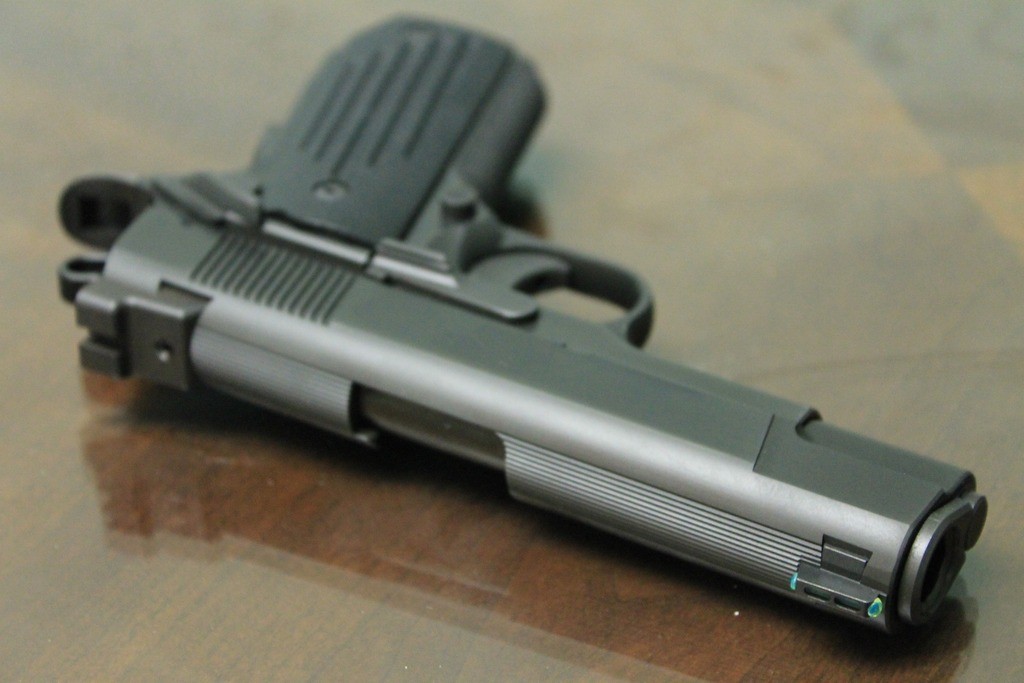
Ionbond’s PVD grey finish on a 1911
That looks a lot like “Legion Grey” to me!
Things you Can’t Upgrade
While all of of these modification will increase the performance of any P226, there are some things on the Legion that simply can’t be replicated.
The Legion’s frame features custom relief under the trigger guard for a better grip and recoil control:

The Legion’s frame is relieved under the trigger guard
and also features more aggressive checkering on the front strap and trigger guard:
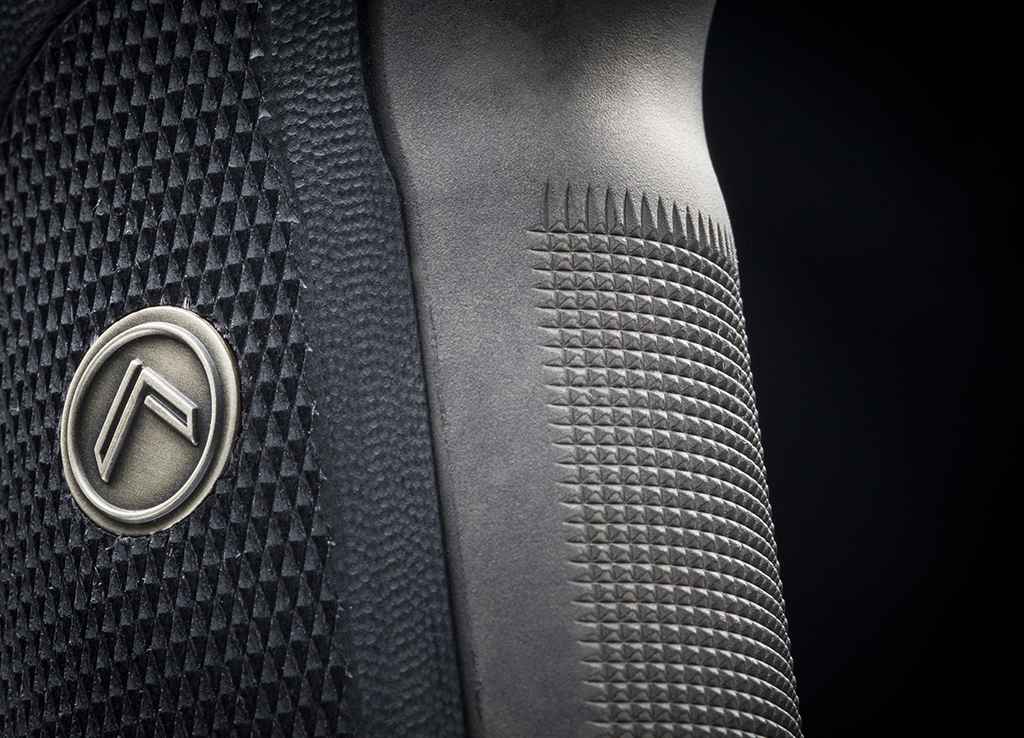
Legion’s enhanced checkering
Things like checkering can be added by a competent custom gunsmith, but the cost might not be worth it.
And speaking of costs…
Is Upgrading your Classic P226 Worth It?
While I hope this article has shown that it’s possible to move your existing P226’s performance at least a bit closer to the current-day performance of the Legion, it’s worth asking yourself how much that might cost. Of course, if you have a more modern P226, your gun probably came with some (or even many) of these “upgrades” already on-board. But for the sake of argument, let’s assume you’re starting with a bone-stock pawn shop West German P226. I generally pay between $400-$450 for those, depending on their condition, whether it has a box, or extra magazines, etc. So let’s price our base model on the high end of that at $450, and add things up:
| Item | Price | Notes |
|---|---|---|
| Used P226 | $450 | Assuming fair-to-good condition |
| P226 Parts Kit | $26 | For recoil spring, trigger bar spring, new grip screws, and other goodies |
| Hogue G10 Extreme Checkered Grips | $100 | As close as you’re going to get to the custom Legion grips |
| SIG X-RAY Night Sights | $130 | Similar to Trijicon HD |
| Solid Steel Guide Rod | $20 | Sometimes you can find the old ones on eBay for cheaper |
| Grayguns P-SAIT Trigger | $62.50 | The same trigger as in the Legion |
| Updated Hammer Strut | $14 | Part# HAMMERSTRUT6 |
| Updated Mainspring | $6 | Part# MAINSPRING1 |
| Updated Mainspring Seat | $5 | Part# MAINSPRINGSEAT1 |
| SIG Factory Action Enhancement | $180 | Other (arguably better) options exist from gunsmiths such as Robert Burke and Bruce Gray. |
| P224 Decocking Lever | $10 | Part# 1200597-R. Order direct from SIG. |
| P224 Slide Catch Lever | $26 | Part# 1201455-R. Order direct from SIG. |
| P226 Checkered Mag Catch | $13 | Part# MAGCATCH2. Order direct from SIG. |
| P226 Takedown Lever | $27 | Part# 34229065-R |
| Total | $1,069.50 |
When you add that all together, it comes to $1,069.50. Of course, a more modern P226 will be cheaper to upgrade because it might already have some features, but the starting value of the original gun will also be higher.
The P226 Legion DA/SA MSRP is $1,428 — but street prices are lower, and I purchased mine for $1,179. That’s only $109.50 more than a fully tricked-out West German P226 according to my numbers, and one might argue that all the features the Legion offers that can’t be replicated (beavertail, undercut frame relief, checkering, etc.) are worth all of that and more… not to mention bragging rights when you pull that baby out at the range. Also, that $109.50 difference can get eaten up pretty quickly if you hire a gunsmith to install any of the upgrade parts for you.
At first I thought the Legion was over-priced, but now I actually think the price is right on par with other SIGs — meaning while it certainly is an investment, you get what you pay for.
If you want to focus on the biggest “bang for the buck,” I’d say the three best things you can do to a P226 are the Grayguns P-SAIT trigger, SRT Kit, and custom action work.
If you already have a P226 you love, but want to push its performance to the limit, then dropping another $600-ish (or less) is enough to turn it into an “almost” Legion. It’s a testament to the design of the P226 that a decades-old gun can even be upgraded at all to compete with the performance of modern guns. For me, doing these upgrades on at least one of my guns is well worth it. When it’s all over, I’ll have a “classic” West German P226 that represents SIG’s past, while still keeping up with its present… and aiming toward its future.
Check out the entire playlist for the video series that accompanies this article here.
Comments? Questions? Suggestions? Feedback? I’d love to hear from you in the comments below!


